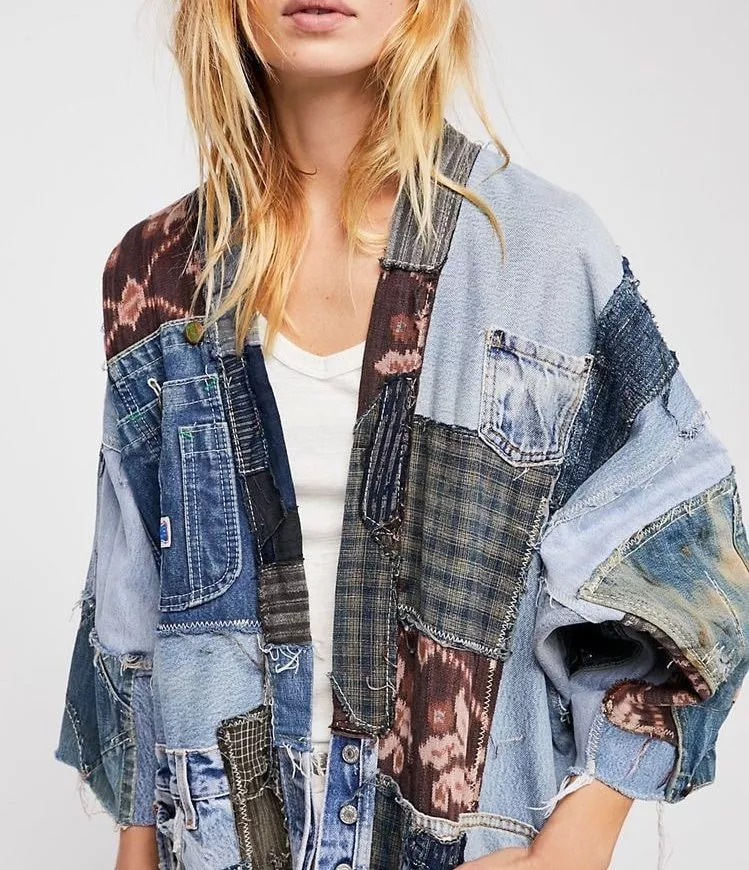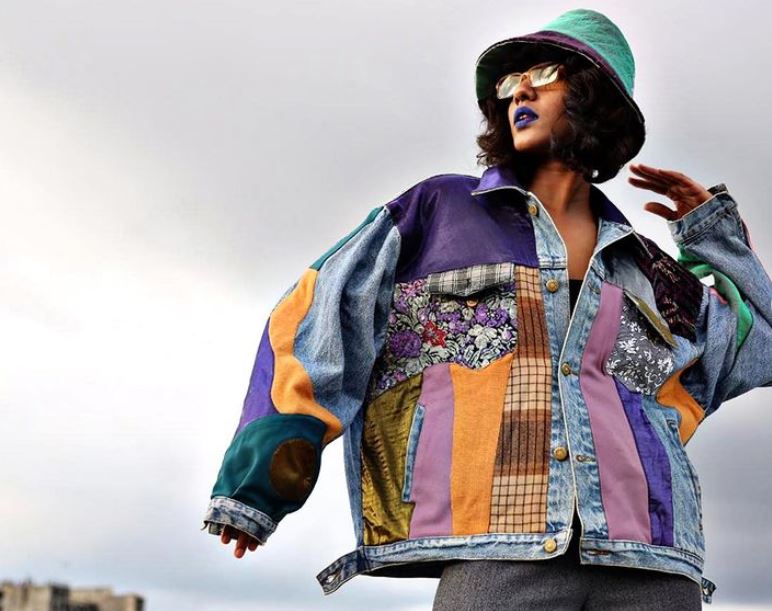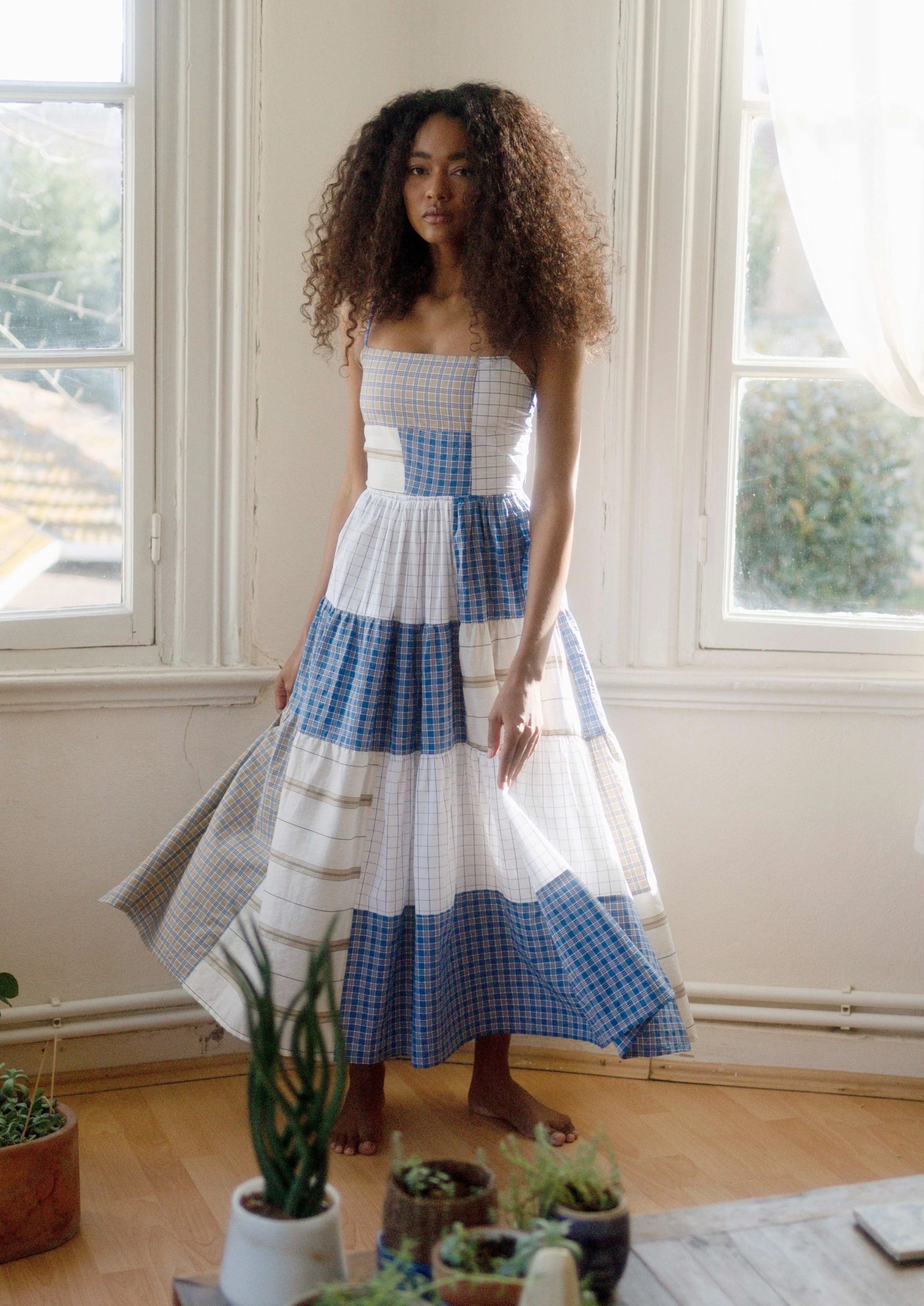Give yourself a pat on the back the next time you shop at a thrift store. A pre-loved floral shirt is not only adorable, but it also helps to promote the circular fashion economy. Finding a road that leads to sustainability is critical in the ever-changing fashion business, where trends change every other day.
The figures on the environmental impact of the fashion industry are concerning. It provides 10% of world carbon emissions, 20% of global wastewater, and 85% of all textiles are discarded each year.
This is when circular fashion enters the picture. It seeks not only to cycle clothing in the economy unless their worth is fully kept, but it also takes a zero-waste strategy. In contrast to recycling, circular fashion begins where recycling stops. Here, we take the finished product and reverse it, reducing the amount of waste that enters the environment. A circular economy incorporates all four Rs – recycling, reducing, reusing, and recreating – as well as reintroducing waste materials into the production cycle and finally disposing of garbage in an environmentally sustainable manner.
It turns out that it is beneficial not only to the environment, but also to consumers and producers. Circular fashion can aid in the production of high-quality outfits that will last for years and will be a valued piece in one’s closet.
It is a wonderful opportunity for businesses to connect with clients and support them in their path of disposing of their items. It enables brands to provide answers to customers long after they have made a purchase, resulting in enhanced satisfaction. It not only helps businesses create value for their customers by resonating with issues near to their hearts, but it also helps them cut raw material costs.
Even though a circular economy provides several benefits to all stakeholders, it is not without significant problems. Not everyone is enthusiastic about purchasing’second-hand’ goods. A significant component in making circular fashion a global trend would be to gradually shift customer behavior. Even if that occurs, the issue of a restricted number of design alternatives may prevent it from becoming widely used. Furthermore, many brands engage in greenwashing in order to keep their customers happy without putting in half the effort.
To achieve significant change, circular business models demand massive amounts of new-age innovation. Clothes must be made for a specific purpose, with lifespan and resource efficiency in mind. It also demands offering effective after-care services to promote the garment’s long and healthy life.

Mudd, for example, is doing an excellent job of instigating change. Customers are encouraged to lease jeans and return used clothing for recycling. Another company, For Days, allows clients to trade in their old items for points that can be used to purchase new ones. Ashita Singhal, a Pearl alumni, runs Paiwand Studio, which takes waste material from fashion labels, transforms it into beautiful fabric, and sells it back to the companies.
As a customer, it is critical to purchase ethically created and environmentally friendly clothing. Another important step is to use them with caution and to lend, rent, upcycle, or swap them. These combined activities will gradually assist circular fashion in reaching its full potential and moving the sector toward sustainability.
However, in order to persuade consumers to adopt sustainable fashion and develop for a better future, the business requires bright pioneers with fresh thoughts. If you believe you have what it takes to be a changemaker, our School of Fashion will offer you with all of the materials you need to get started. We engage in forward-thinking interactions with industry leaders and present our students with prestigious platforms like IFFTI to help them on their journey.


